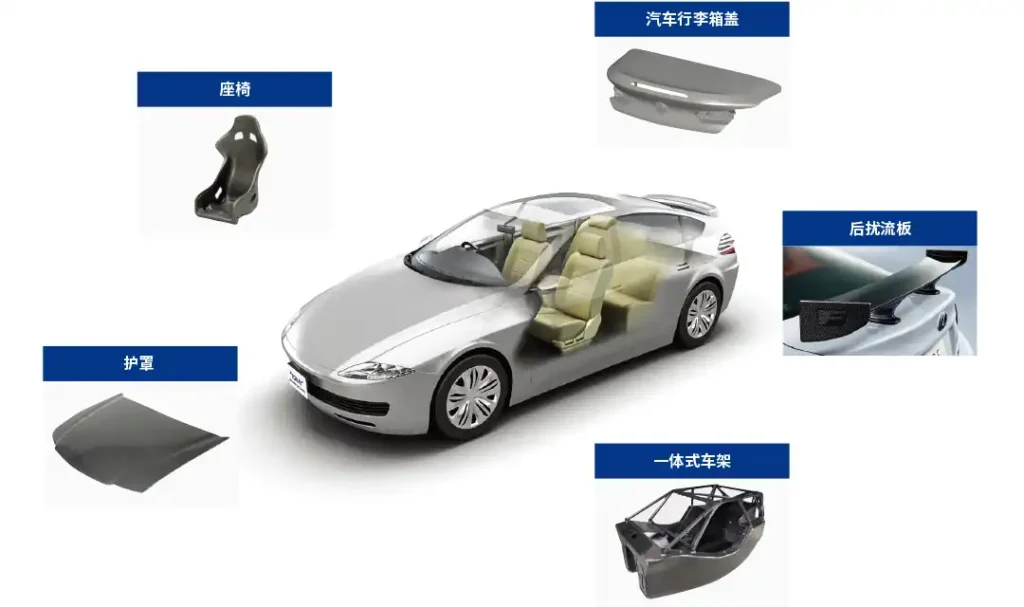Messi Biology stated that magnesium hydroxide has become an indispensable additive in the field of composite materials due to its unique functional properties. They have promoted the application and development of composite materials in high-end fields such as automobiles, electronics, and construction by optimizing the curing process, enhancing mechanical properties, and imparting flame retardancy. With the advancement of materials science, the application scenarios of both will continue to expand, providing more possibilities for the innovation of high-performance composite materials.

1. High-efficiency flame retardant
Magnesium hydroxide is an environmentally friendly inorganic flame retardant, and its flame retardant mechanism mainly includes:
– Decomposition and absorption of heat at high temperature to reduce the surface temperature of the material;
– Release of water vapor to dilute the concentration of combustible gases;
– The magnesium oxide generated by decomposition forms a dense insulation layer on the surface of the material to prevent the spread of combustion.
Therefore, magnesium hydroxide is widely used in composite materials such as plastics (such as polypropylene, polyethylene), rubber, epoxy resin, etc., giving the material excellent flame retardant properties while reducing the release of toxic gases.
2. Smoke suppression and toxicity reduction agent
Magnesium hydroxide can reduce the generation of smoke and toxic gases (such as hydrogen chloride) during the flame retardant process. It is especially suitable for halogen-containing composite materials and can significantly improve the environmental performance of the material.
3. Filler and reinforcing agent
Magnesium hydroxide is added to composite materials as a filler to improve the rigidity, dimensional stability and chemical corrosion resistance of the material. For example, in polypropylene composite materials, the addition of magnesium hydroxide can improve the bending modulus and impact strength of the material.
4. Acid neutralization and purifier
The alkalinity of magnesium hydroxide enables it to neutralize acidic substances in composite materials to prevent material corrosion. In addition, it can also be used to adsorb impurities or harmful components in composite materials to improve the purity and stability of the material.
